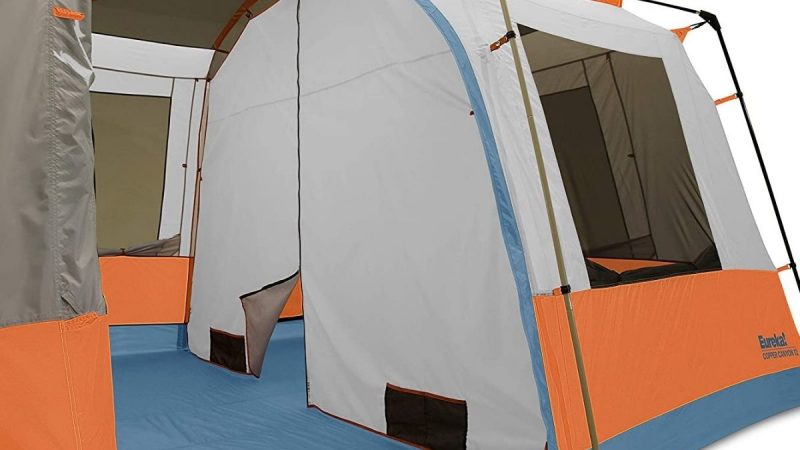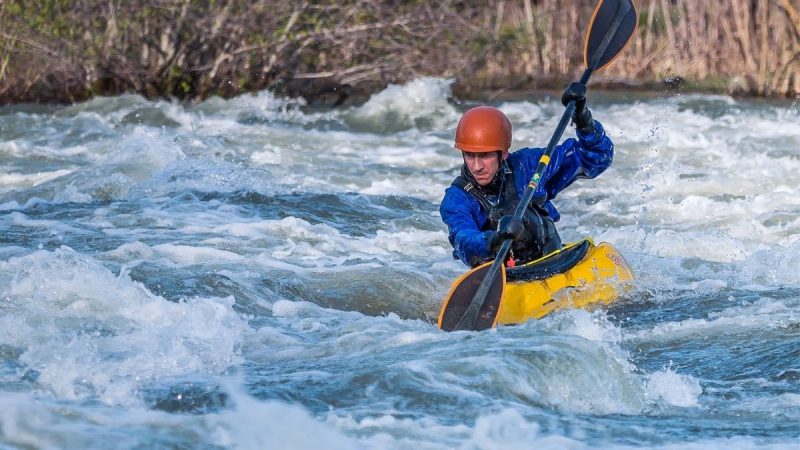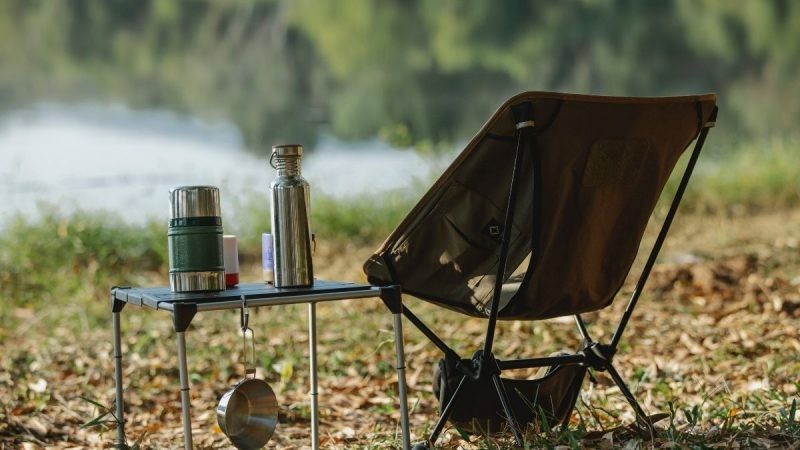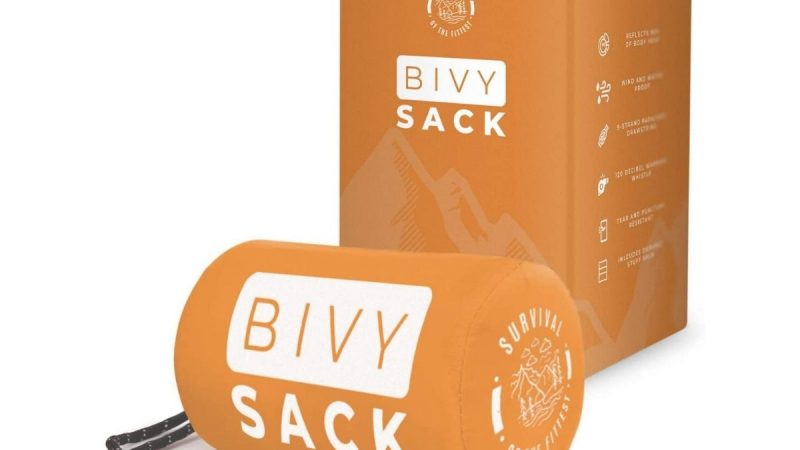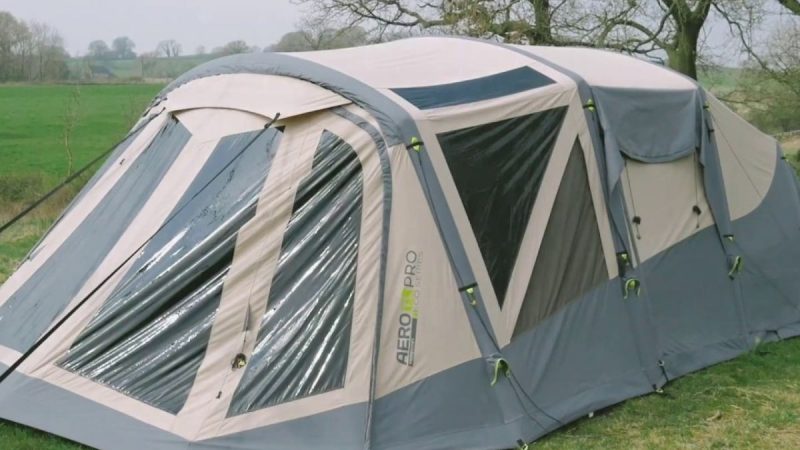Hiking and How to Identify Venomous Snakes while Hiking? – Important Tips
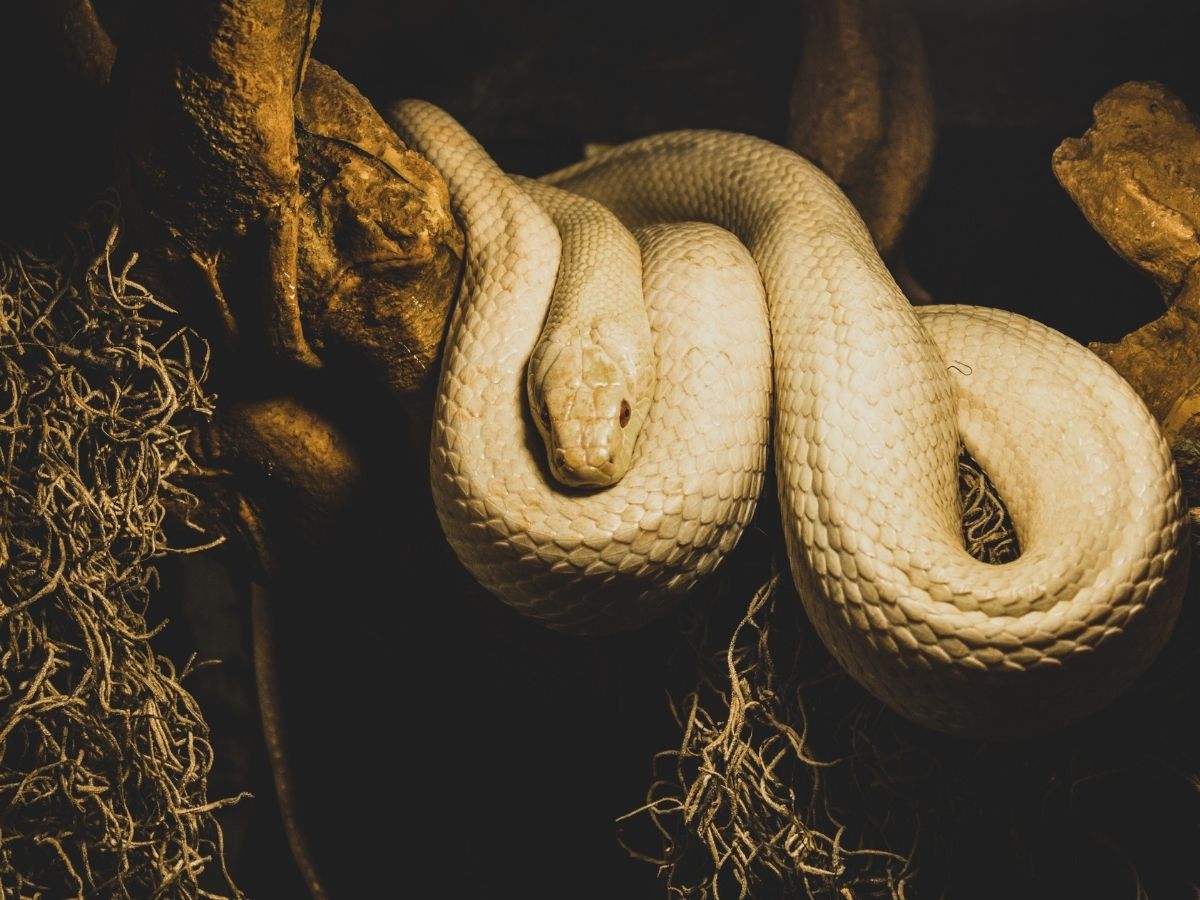
Hiking and how to identify venomous snakes are two important topics that should not be taken lightly. Snakes are a valuable part of nature, along with other animals and plants. Hence, it is important to tread carefully and avoid harming any living thing.
When hiking, you will inevitably come across snakes who reside in those environments as well. This article will equip hikers with some knowledge about these creatures so they can keep themselves safe from danger on the trails.
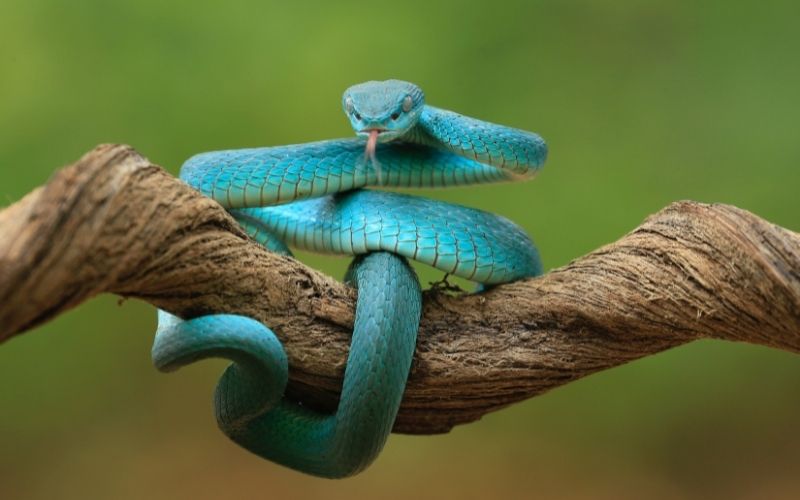
Top 8 Things to Prepare for a Successful Hike
For any hiking trip to be of success, you must prepare the below before your adventure:
1. Get Proper Hiking Gear (e.g. shoes, bag)
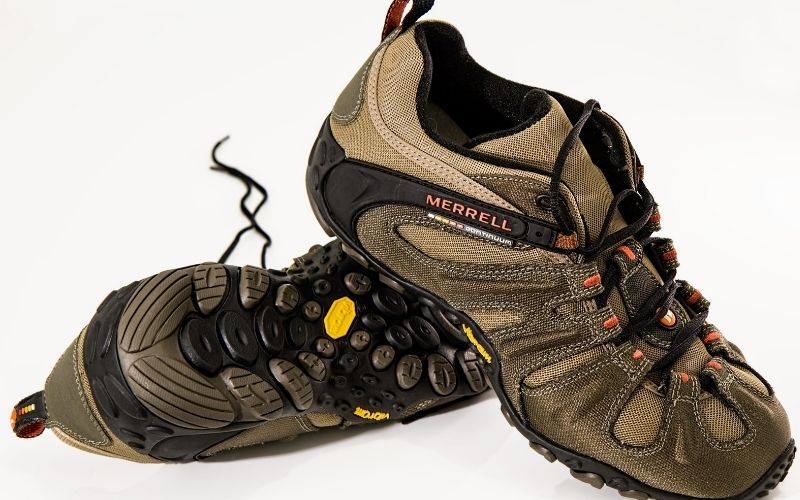
This is an important part of being prepared for your adventure. Always remember that proper hiking gear also includes having the right shoes for the environment, because that will determine whether you will enjoy or dread your hike. For example, some shoes are designed for rocky trails, and others are best suited for muddy conditions.
Moreover, the right hiking gear can save you from injuries, especially when it comes to your bag. A proper hiking backpack should be streamlined and durable without being too heavy.
2. Proper Clothing
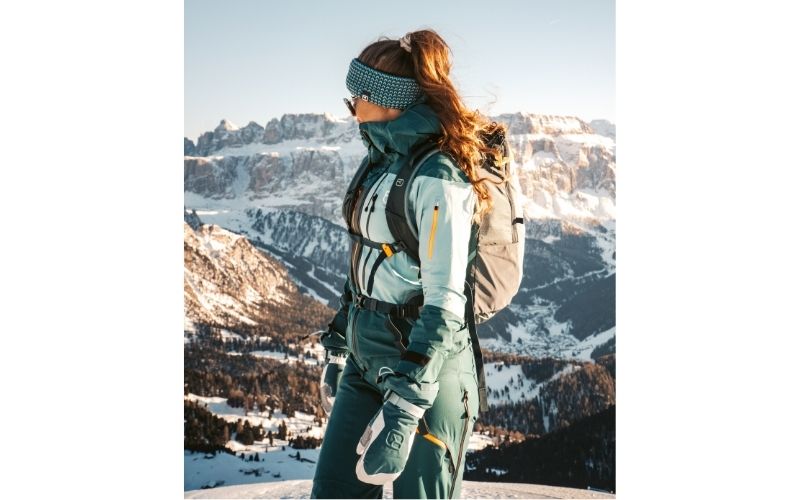
When planning for a hike, think about the climate conditions in your area.
The next thing to consider is what clothes you should wear during your different stops throughout your hike. For instance, if you’re going to a beach, then swim trunks or a bikini may be more ideal than hiking pants and boots.
Moreover, including sunscreen and hiking hats are as important because you need to prepare for the sun and its harsh rays. Proper and appropriate clothing can save you from sunburns and heat strokes together with the stubborn nature.
3. Complete Physical Training
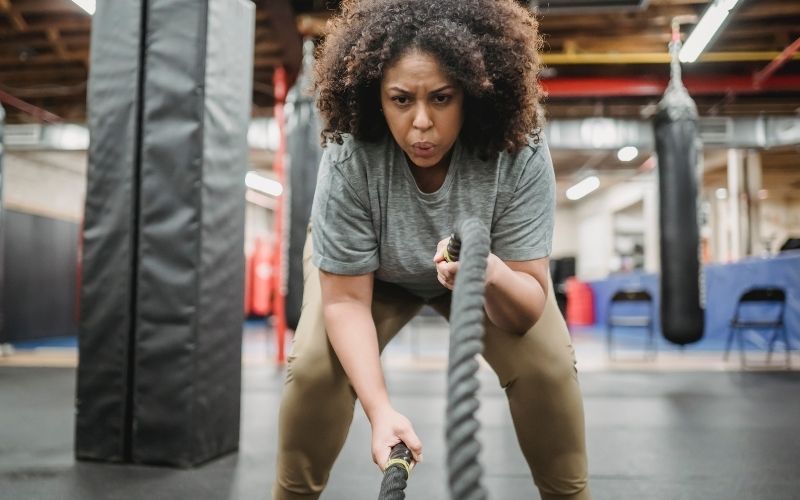
Physical training is of utmost importance during a hike for various reasons. Firstly, if you complete physical training before you hit the trail, then it will make your hike more enjoyable compared to boots of unprepared feet.
Secondly, individuals who often exercise tend to have stronger muscles and lesser fatigue. This can be advantageous when you’re hiking up steep slopes or when it’s time for that final push to reach the summit.
4. Water and Food for The Hike
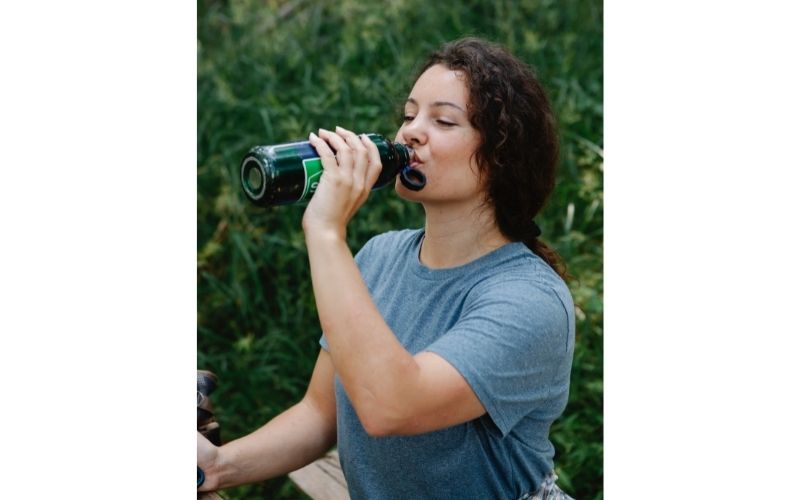
A successful hike usually entails you arriving at your destination. However, this can’t happen when you’re thirsty and hungry because it will drain your energy quickly.
Hence, carrying a backpack that includes snacks and water is important for long hikes. You should also remember to drink when you’re thirsty or else you may end up suffering from dehydration. When choosing food, always go for dried fruits and protein bars since they don’t spoil easily and will provide you with energy for the hike.
5. Prepare First-Aid Supplies
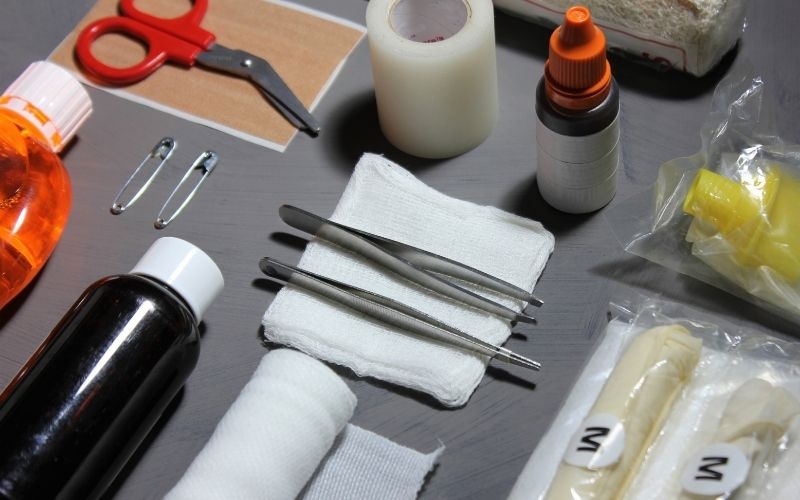
On your way to becoming a successful hiker, you must also learn how to prepare first aid supplies as well as know what those supplies are for. These can include bandages, antiseptic wipes, and painkillers.
You can never be too prepared when it comes to hiking, especially since you’re venturing into the wilderness where there is always an increased chance for danger or injuries.
6. Navigator (e.g. compass, maps)
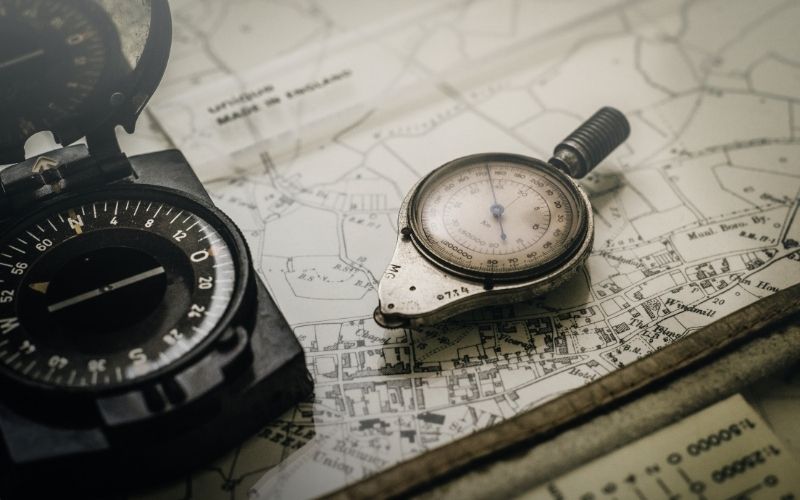
Remember that there’s no cell phone service in most parts of nature so being prepared with these navigational items is essential for your safety.
7. Bring Hiking Poles
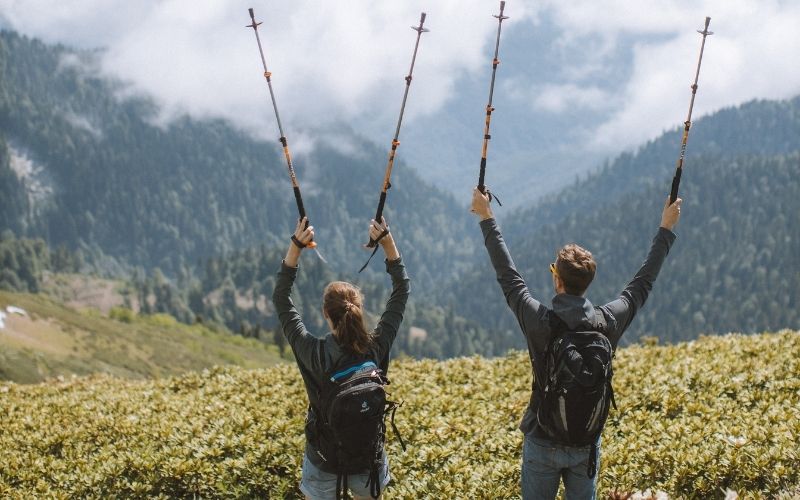
Hiking poles are important because they can help you with three things: balance, stability, and weight support. This is especially helpful for people who suffer from joint problems or weak knees that get easily injured.
Additionally, hiking poles can save you from slipping on wet rocks or when navigating through tight spaces. Also, because it is attached to your wrist, the risk of losing them is much lower than carrying a stick or an umbrella.
8. Flashlights and Extra Batteries
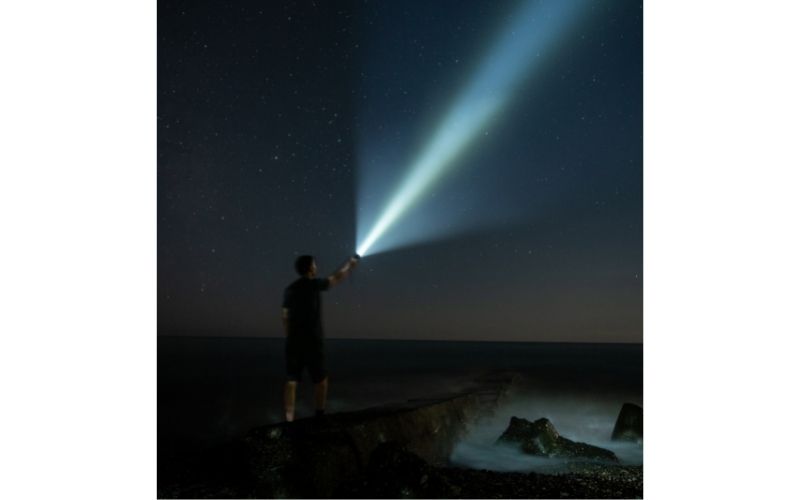
When hiking in the evening, you can never have too much light. This is why it is important to always bring a flashlight or headlamps for your safety.
Preferably, choose one that is LED-based because they are brighter and more durable compared to ordinary flashlights. Also, remember that batteries don’t last forever so it’s best to bring extra batteries just in case.
The above list is a compilation of eight important things that you should always bring on your hike. This will make sure that you are safe and ready with the equipment needed to thrive during an outdoor activity such as hiking.
Read more: What to Prepare for a Hiking Trip with Newbies? – Successful Hiking
Hiking and How to Identify Venomous Snakes while Hiking?
Hiking is a fun and fulfilling activity that you can do as a form of exercise or as a way to enjoy the wonderful world outside of your home. However, you’ll have to make sure that you are properly prepared for it because it will not only test your physical capabilities but also your mental expertise.
Tips to Avoid Snake Bites
Below are 5 Tips to avoid snake bites:
1. Avoid Tall Grass and Bushes

Snakes are excellent climbers; they can climb up on anything including branches, rocks, and walls. If you see a lot of tall grass and bushes, it’s best to go around it so you’ll have fewer chances of being bitten by a venomous snake. Also, try looking on the path where people usually walk on and avoid going through isolated areas with tall grass.
2. Avoid Rock Crevices
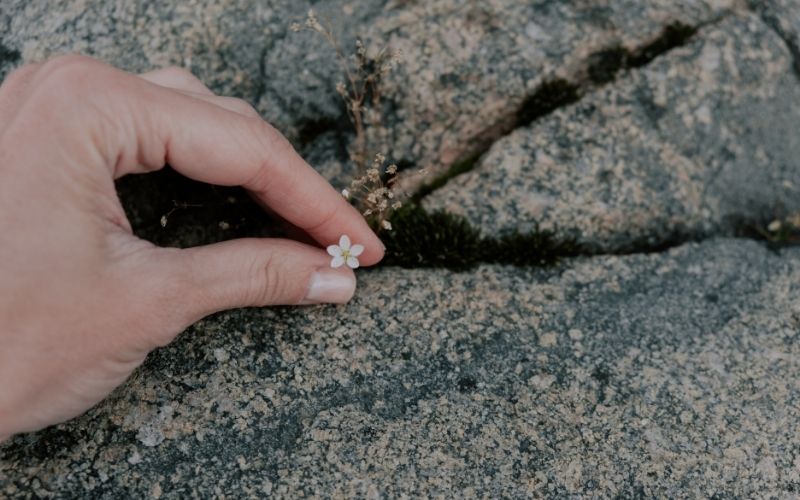
When hiking in mountains or hill regions, you should avoid going through crevices because this is where snakes might be hiding. If it’s the only way to get up or down, then you need to be extra careful and always check your surroundings before taking a step forward.
3. Watch out for Venomous Snakes

You must become more observant when you’re hiking. Venomous snakes have triangular-shaped heads and thin bodies compared to non-venomous ones. Also, you should always check the ground before sitting on it or resting because this is where snakes usually hide.
4. Don’t Step On a Snake
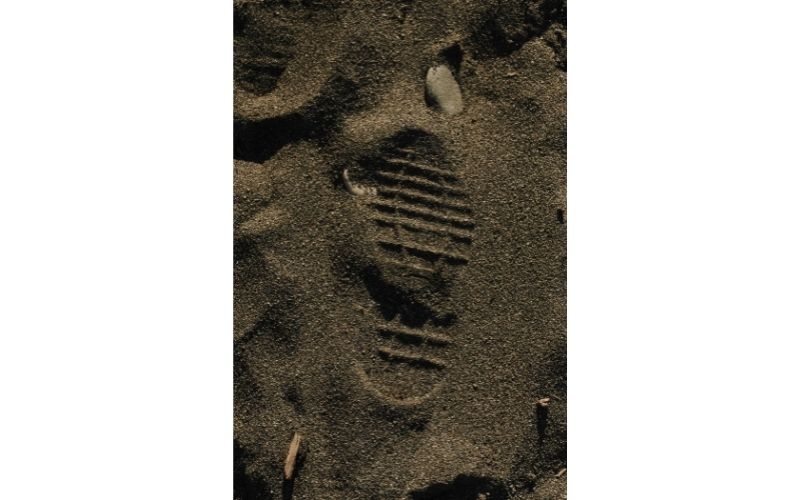
It’s common sense that people should avoid stepping on a snake because it might bite them. But what some people tend to forget is that snakes don’t have legs so they can only slither from one place to another. So if you see a long, big object moving as if alive, then this might be a venomous snake.
5. Don’t Touch Snakes
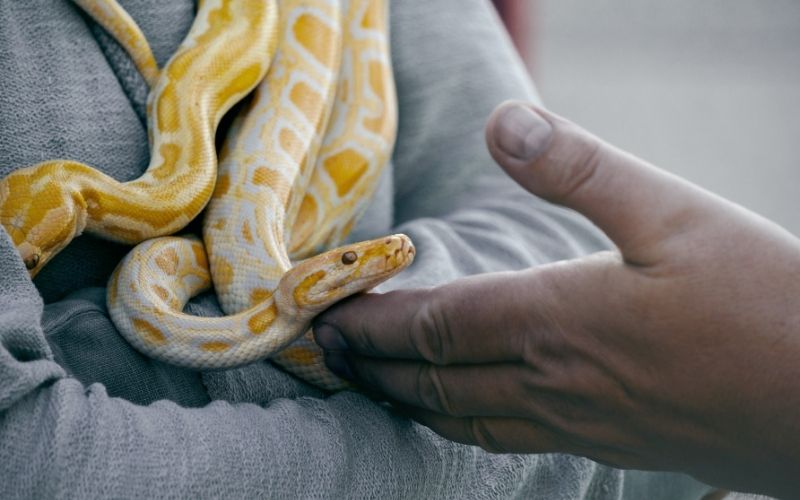
When hiking in isolated areas, it is common to encounter wild animals such as lizards and snakes. So when you see a long object moving on the ground that looks like a stick, then don’t try to touch it because this might be a snake. This can be very dangerous because some venomous species are fast-moving.
There are many different things that people can do nowadays to ensure their safety. One of the most important is knowing how to identify venomous snakes while hiking, which is very important because it’s your main line of defense against being bitten by a venomous snake. If you know how to identify venomous snakes, then it will be easier to avoid them and prevent yourself from getting hurt.
How Do you Recognize Venomous from Non-Venomous Snakes?
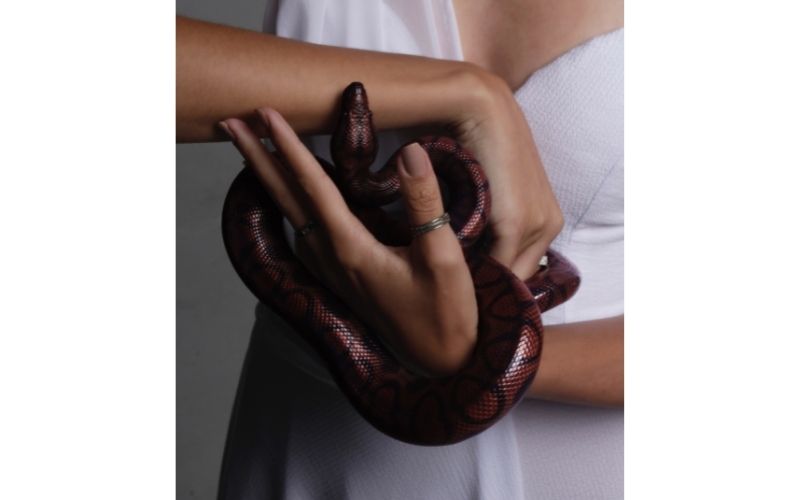
If you’re wondering about hiking and how to identify venomous snakes while hiking, then you should know the appearance of both venomous and non-venomous snake species. This way, if by chance you encounter one, then you’ll know which one is which so you can avoid getting bitten.
Venomous snakes have long bodies and triangular-shaped heads. They also have an elliptical pupil and an undivided anal plate. Also, most venomous snakes are fast-moving animals so it’s best to be careful when you’re hiking in isolated areas.
On the other hand, non-venomous snake species are usually big compared to venomous ones. They have a round pupil and divided anal plates. Also, they are usually very slow-moving animals which makes it easier for you to spot them if by chance you see one.
How to Use First Aid for a Snake Bite?
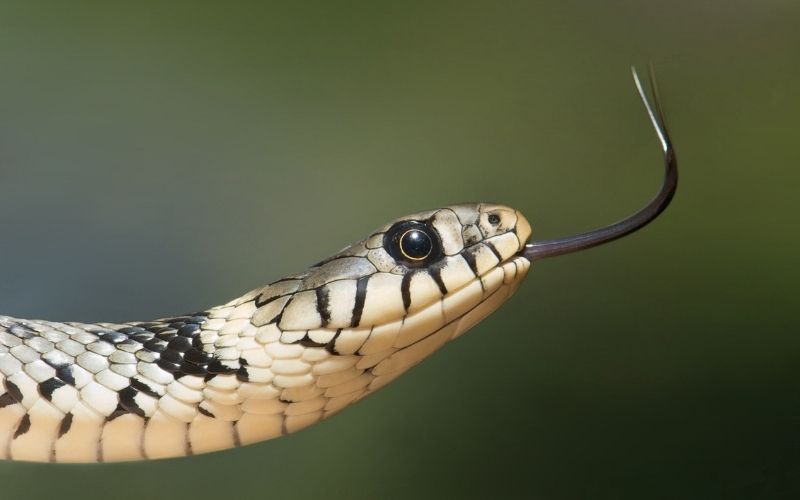
Knowing the symptoms of a snake bite is very important because this will help you determine if someone got bitten by a venomous snake. One of these symptoms is swelling which usually appears at the site of the bite after 10 to 30 minutes. Also, people who get snake bites experience nausea and vomiting.
In case someone does get a venomous snake bite, make sure to keep the bitten area lower than the heart. Also, don’t attempt to suck out venom because this can make things worse. Get medical attention as soon as possible so the patient won’t have a hard time recovering from snake bite injuries.
FAQs Related to Hiking and How to Identify Venomous Snakes?
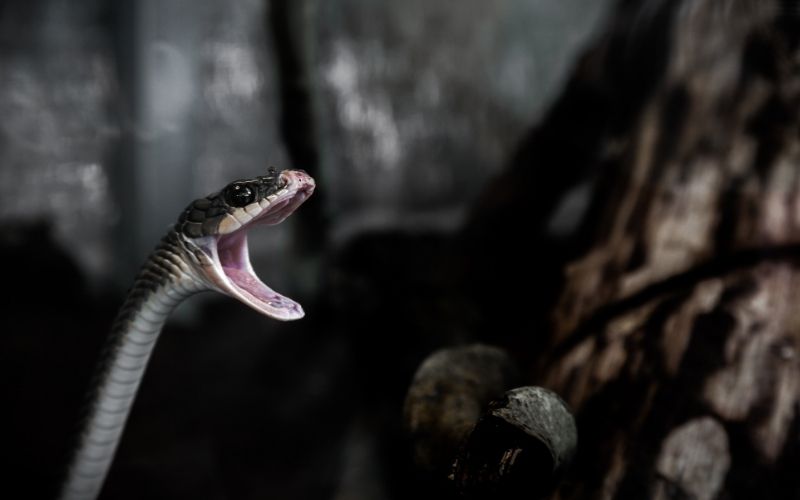
What if I’m Bitten By a Venomous Snake?
If you get bit by a venomous snake, make sure to keep the bitten area lower than the heart and call for help immediately. If possible, look for something that can be used as a splint on the affected area. Keep in mind that venom from certain snakes can lead to tissue damage so it’s best to take additional precautions when you get bitten by a venomous snake.
How Long Does It Take for a Snake Bite to Affect the Body?
The length of time it takes for a snake bite to affect your body will depend on the type of venom that was injected by the snake. However, most species are fast-acting so it won’t take long before you start experiencing the symptoms.
What Would Happen if I Suck Out Venom from a Snake Bite?
Sucking out the venom from a snake bite can lead to more problems because this causes an infection. Also, if you get bit by a venomous snake, then it’s best not to cut around the area where you were bit because this can lead to tissue damage.
Where Can I Find a Good Snake Identification Guide?
A good snake identification guide is very important if you want to learn how to identify venomous snakes while hiking. One great example of a snake identification guide is the “Amphibians and Reptiles of Eastern/Central North America” by Lawrence L. Page, Jeffrey T. Andregg, Kevin de Quieroz, and Joseph K. Sheldon. This book provides a detailed description of the physical features, habitats, behavior, and diet of different venomous and non-venomous snake species.
When Will I Know if a Snake is Venomous?
It’s best to learn how to identify venomous snakes so you won’t have a hard time trying to determine which one is venomous and which one isn’t. Keep in mind that some non-venomous snake species look very similar to their dangerous counterparts, so it may take some time before you’re able to tell the difference.
What is the Best Bite Treatment for a Venomous Snake Bite?
The best bite treatment for a venomous snake bite is to get immediate medical attention. Avoid using tourniquets and never attempt to suck out venom because these can make things worse.
Is There a First Aid Treatment for Venomous Snake Bites?
There’s no proven first aid treatment for venomous snake bites although it is recommended that you keep the bitten area lower than the heart and get medical attention as soon as possible. Some people recommend making a slit on the affected area because this can drain blood flow from the venom. However, keep in mind that this isn’t effective since venom is usually slow-acting.
Do I Need to Call a Poison Control Centre When Someone Gets Bit by a Venomous Snake?
Poison control centers are only connected with emergencies so it’s best to get medical attention right away. Since snake bites can cause tissue damage, the patient must get treated so the affected area won’t get worse.
Conclusion
To sum up, hiking and how to identify venomous snakes are important questions to bear in mind as you prepare for your hike. The best way to identify venomous snakes is to take a look at their physical features and learn how it behaves. If possible, take time to read books that focus on snake identification before your hike because you’ll be able to learn more about different venomous and non-venomous snakes. Remember not to confuse the two, otherwise, things can get dangerous.

